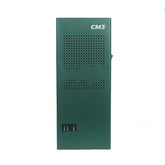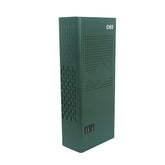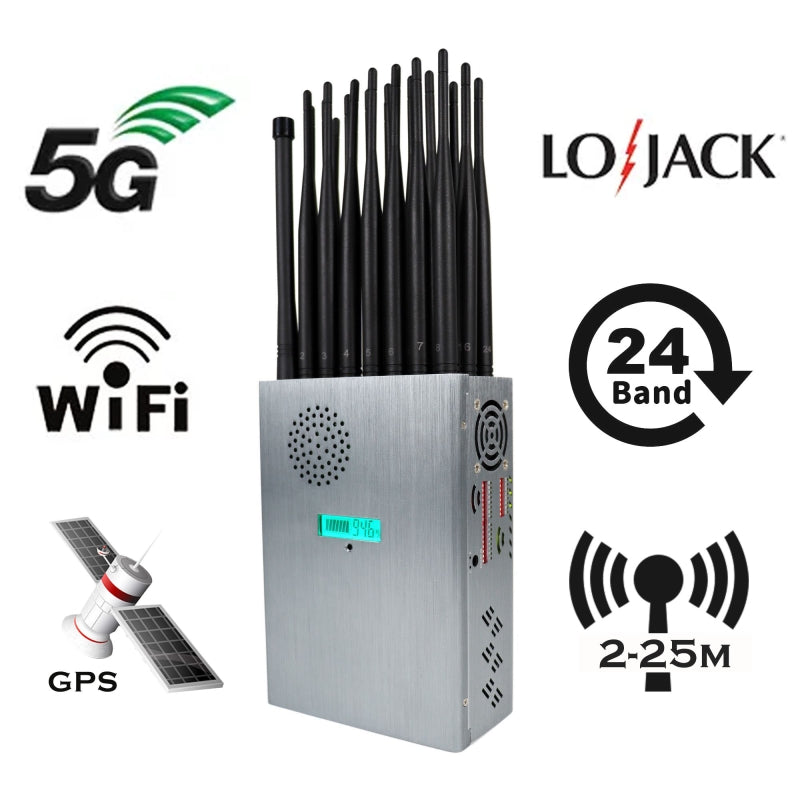How does a full-band signal jammer affect the car remote control system?
Car remote control systems usually transmit signals through specific RF bands, with common bands being 315MHz or 433MHz. These bands are designed for short-range wireless communications and are widely used in remote control functions such as car door locks and starters.
The full-band signal jammer for sale is designed to emit interference signals over a wide frequency range to interfere with wireless communications. Since its coverage band includes 315MHz and 433MHz, it will naturally cause serious interference to the car remote control signal.
1. Interference principle
When the jammer is turned on, a strong co-frequency noise signal will be generated within its coverage range, forming "signal pollution". At this time, the normal communication signal between the remote control and the vehicle will be submerged, and the receiver will not be able to distinguish effective commands from the interference, resulting in remote control failure.
2. Typical applications and risk examples
Security control places: In important places such as high-level security areas, military facilities, and political activities, full-band jammers are usually deployed to prevent malicious attacks using remote control devices. In this case, the remote control function of surrounding vehicles will be temporarily disabled, and the owner may not be able to lock, unlock or start the vehicle.
Theft methods: Some criminals use portable low-frequency band jammers (not full-band) to specifically interfere with the car remote control frequency band. When the owner presses the remote control lock button, the interference signal prevents the command from reaching the vehicle. The door is actually not locked, but the owner mistakenly thinks that the operation has been completed, resulting in theft of property.
3. Differences in anti-interference capabilities
Some high-end models are equipped with more advanced encrypted remote control protocols and frequency hopping communication mechanisms, and use high-sensitivity receiving chips, which can resist interference signals to a certain extent. Such systems can dynamically identify and avoid interference frequency bands and improve the command recognition rate.
But even so, when faced with high-power, wide-coverage full-band cell phone signal jammers, most car remote control systems still find it difficult to completely resist interference, and signal transmission may still be interrupted or fail.
4. Usage suggestions and precautions
Confirm that the door is locked: Whether you use a remote control or an induction key to lock the car, be sure to pull the door handle to confirm that the door is indeed locked to avoid being exploited by "signal interference theft".
Avoid frequent use of the remote control in suspicious areas: If you find that the remote control suddenly fails frequently, you should be alert to possible interference sources in the surrounding area, especially near crowded places or suspicious vehicles.
Upgrade the vehicle anti-theft system: Optional enhanced anti-theft solutions such as high-frequency frequency hopping encrypted remote control or mechanical locks can reduce the safety risks caused by interference.
Full-band signal jammers cause substantial interference to the car remote control system, especially in the case of frequency overlap. Although some models have a certain anti-interference ability, it is still difficult for most vehicles to completely avoid the impact. Raising vigilance and enhancing awareness of prevention are the key to ensuring vehicle safety.














